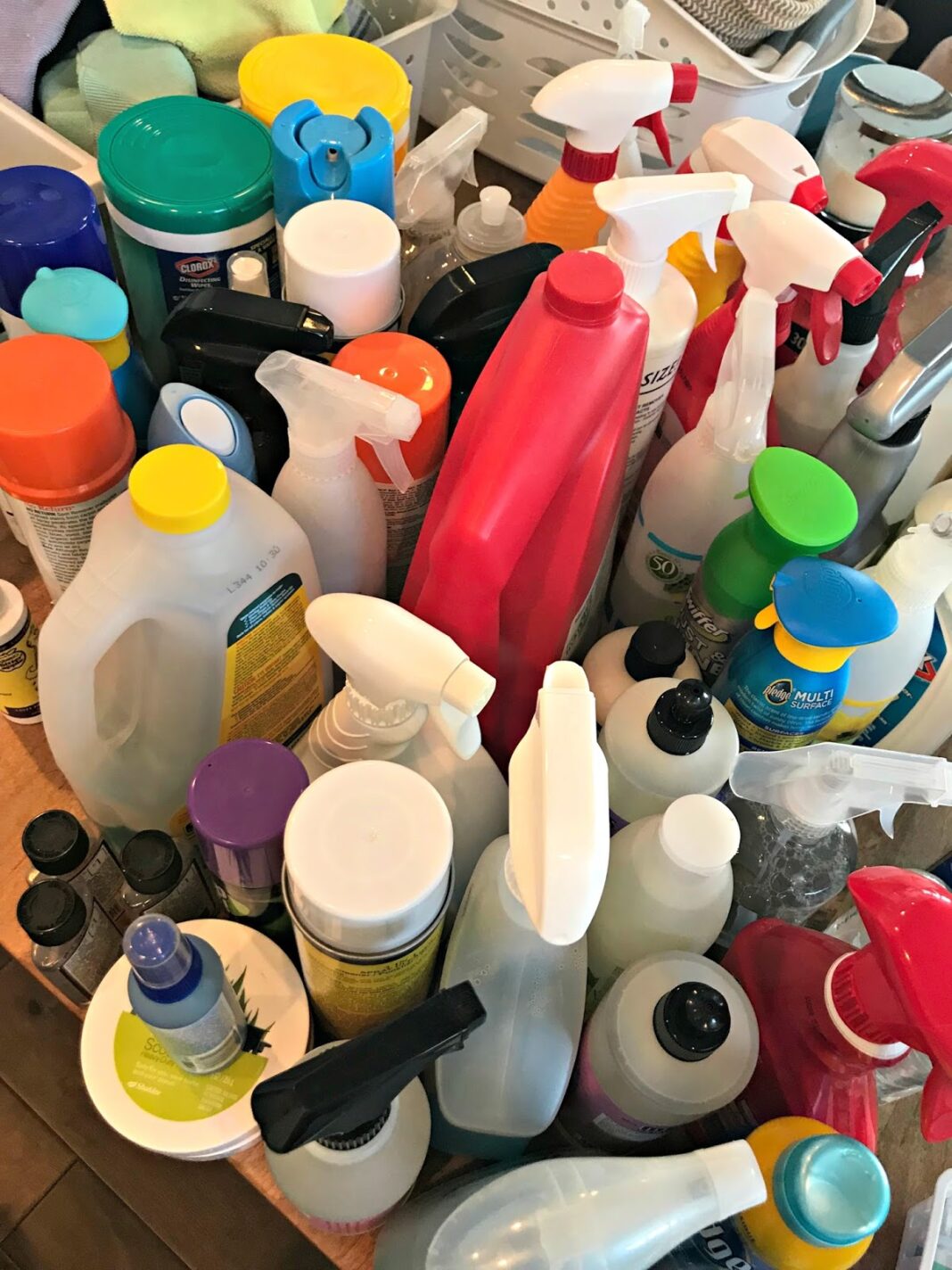4 Common Household Items Considered Hazardous Waste
You’re probably already enacting safe waste management practices at work, but how are things going on the home front? If you’re separating your recyclables from landfill trash, well done! Did you know items in your home may qualify as hazardous waste? They require special handling and disposal; otherwise, they can harm the environment, pose serious health risks, or lead to worse results.
Here are four common household items considered hazardous waste due to their toxic, corrosive, or flammable nature. Learn how to get rid of them responsibly, reducing the possibility of harm to the ecosystem.
Batteries
Batteries are particularly frustrating types of waste to deal with. We use them in so many things, but once they’ve served their purpose, you can’t just toss them in the trash. Batteries contain toxic chemicals like mercury, lead, cadmium, and lithium. If they mix with regular trash, their casings will eventually breach and release those chemicals into the surrounding land and nearby water.
You can send single-use batteries to local recycling facilities or designated drop-off points. For rechargeable batteries, see if your local electronics store offers a special recycling program.
Paints and Solvents
Paints seem to only do good—after all, we use them to decorate our homes from top to bottom. However, some paints qualify as hazardous waste because they contain volatile organic compounds (VOCs), which evaporate and add to air pollution.
If thrown away with regular landfill waste, they also leak and seep into the ground, once again poisoning the soil and underground water. When getting rid of latex paint, let it dry out before disposal. As for VOC-containing paints, determine if your community has a special waste collection.
Cleaning Products
Cleaning products are other commonplace items that seem harmless since, after all, we use them to keep our homes sanitary. However, many cleaners contain toxins and chemicals that are corrosive or otherwise injurious to human, plant, and animal life. Some cleaners are bad enough on their own, but when mixed—ammonia and bleach, for example—release deadly gases.
Likewise, disinfectants kill germs and many other things, qualifying old disinfectants as hazardous waste. Use up cleaners, then recycle their containers. If you have a large amount left in the container but the product is expired, check with your local waste disposal company about ways to get rid of it safely.
Electronic Waste
This one might be a surprise. We’re surrounded by electronic devices, and many qualify as hazardous waste. Smartphones, laptops, computers, television sets, and other electronic items contain lead, mercury, and cadmium. Certified E-waste recyclers should handle electronic waste, or e-waste. Device manufacturers and retailers may offer take-back programs for outmoded e-devices, as well.
Those are just four common household items considered hazardous waste. Properly disposing of them helps to reduce their hazards to both people and the planet. Start today!
